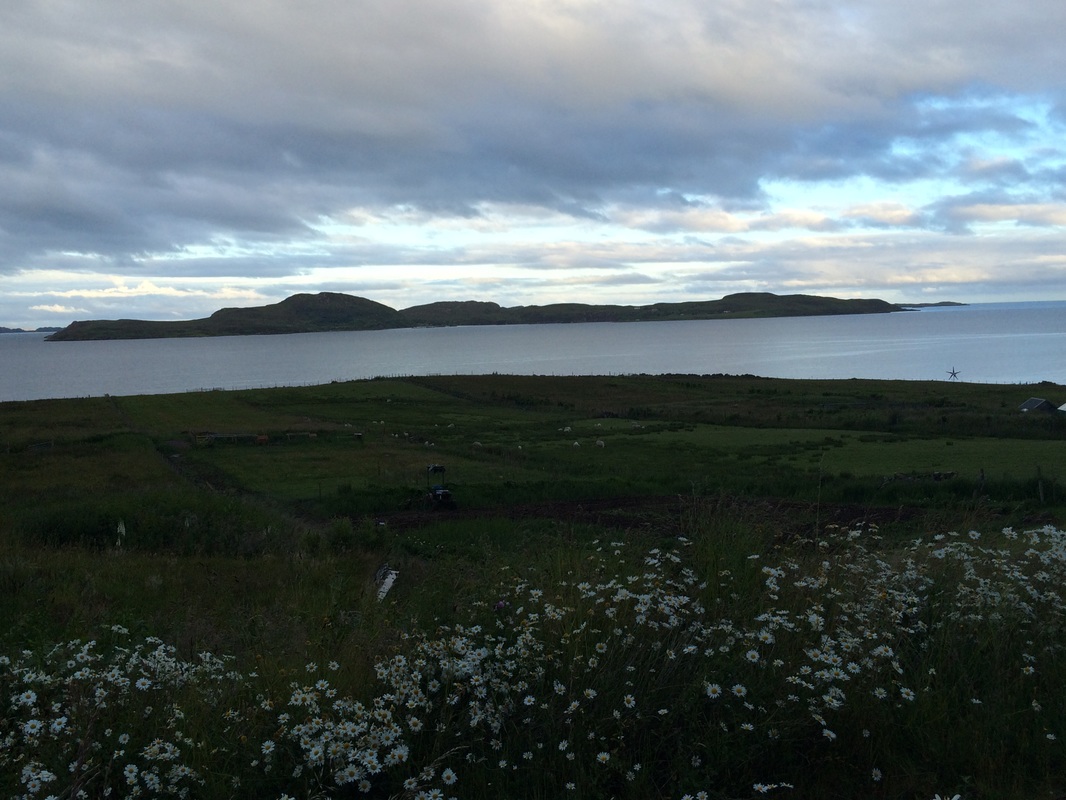
Achiltibuie and The Summer Isles -
This morning I can see the summer isles off the coast of Achiltibuie. I have just arrived to this Achd Ille Bhuidhe or “Field of the Yellow-Haired Boy”. There are none about, it is early and the town is still asleep. The piping school is now gone, Charlie Chaplin, gone, The Hydroponicum also gone, turned back into the soil. When they finally wake, a couple of the locals tell me it is a blessing about the piping school – apparently it was a horrible racket, those beginner students with the pipes. They miss Charlie Chaplin though. The Hydroponicum is now superseded by lovely gardens that trail down to the water’s edge. Some traveler I ran into somewhere a ways back told me I must come here, for the pure peace of looking out over these remote crofting lands to the view of the summer isles and a particular way of life it all implies. I have to agree - the word bucolic comes to mind. This remote linear town on the Coigach Peninsula is a moving postcard of trellised roses and other marks of civilization, leading to wildflower edges and fields beyond to the sea. This used to be MacKenzie country, with some MacLeods and a few Campbells sprinkled in as well. Grazing, subsistence, fishing, anything else brought in by boat. Now it has an art gallery and the Summer Isles Hotel – Charlie’s old haunt, plus gentille. I have to go in of course. I open the tall gate reading the keep closed sign as I enter, making sure to latch it behind me - sheep – it is a theme, I know. The other way round is over a cattle guard too wide for me to walk across. The pebble courtyard is overflowing with terracotta pots filled with pansies, violets, other dandies. This place could not be more happily placed – there is a cozy, safe village charm about it, not the feel that I have just weathered the highlands to get here, that this is still the highlands, surrounded by wilderness. Somehow, as I look out over to those islands, I get very peaceful and calm. This place could be a Carmel, it could get built up and over-ran. Oh no, I said it – I take it back. Even the largest of the summer isles, Tanera Mor, is uninhabited now, with just a few holiday houses dotted along one edge, no roads, only way round is by boat.
Perhaps the yellow-haired boy is a reference to the tall grasses that turn golden as the season wanes and the isles close their doors on another summer. Or, maybe he gave this place a name, then walked back into the wilds.
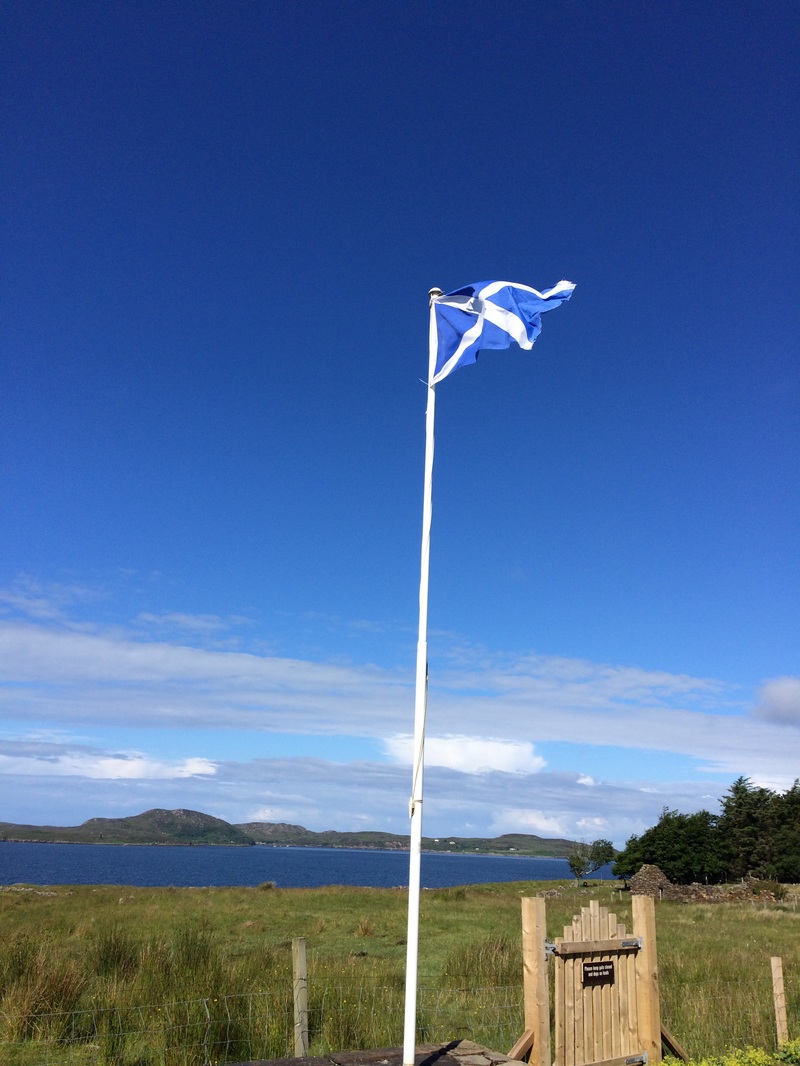
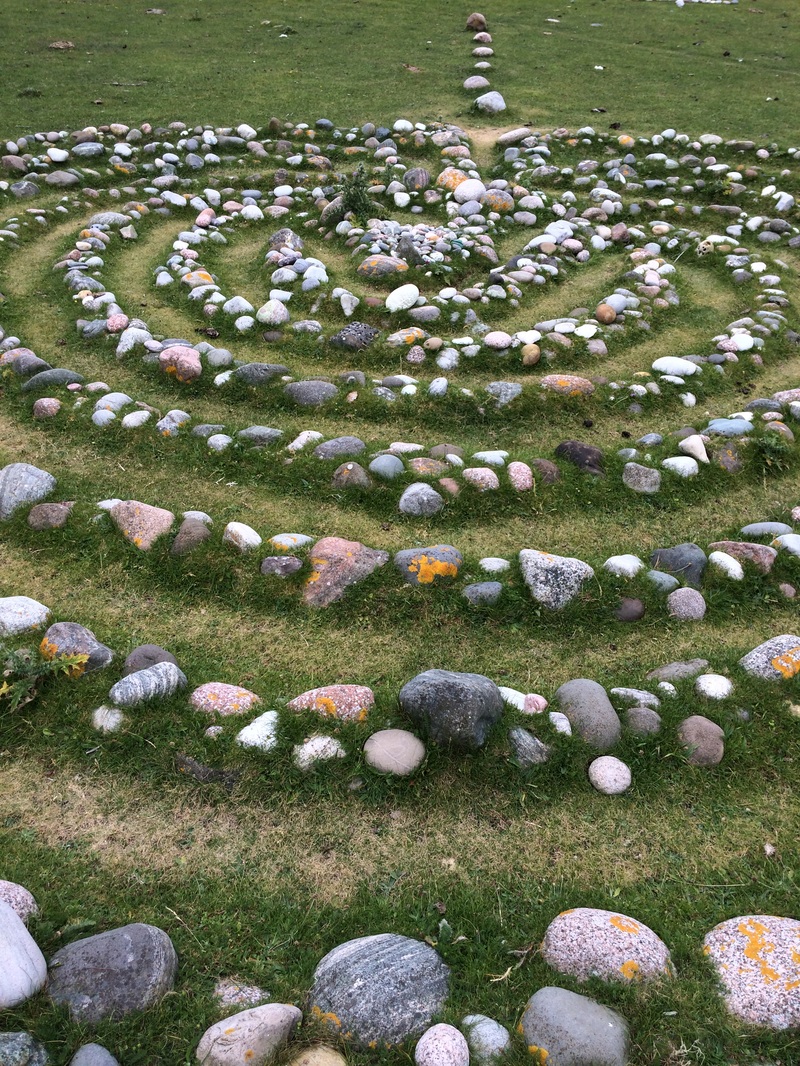
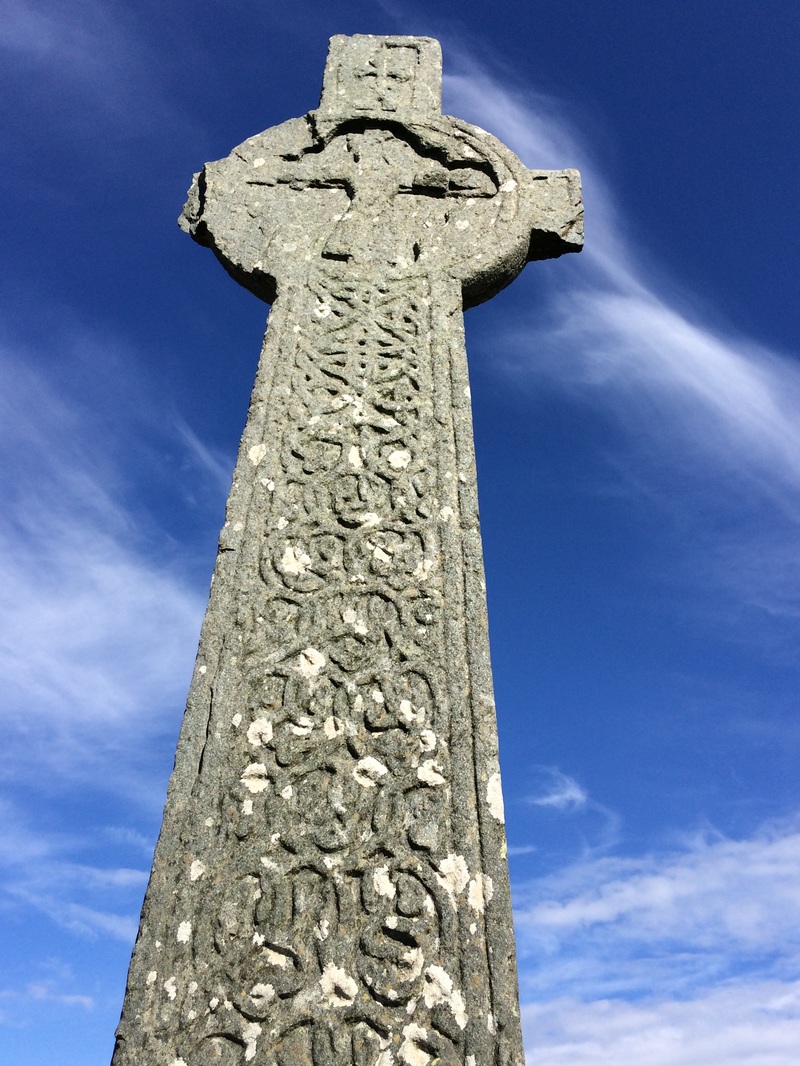
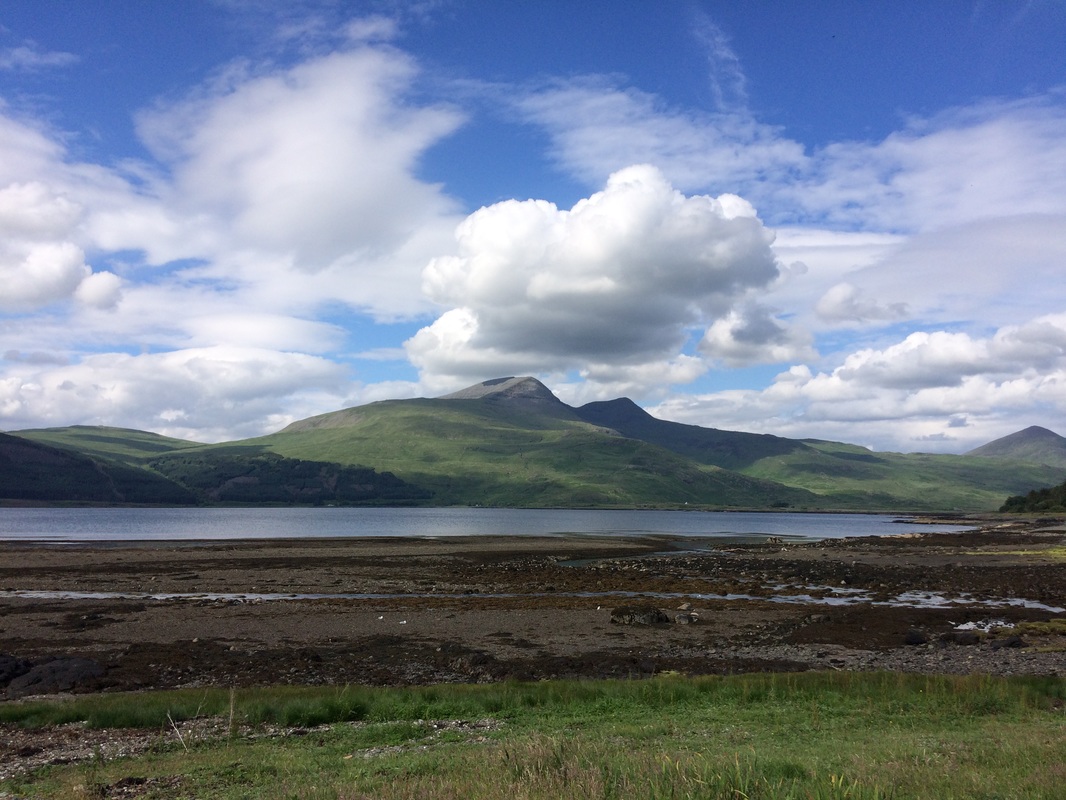
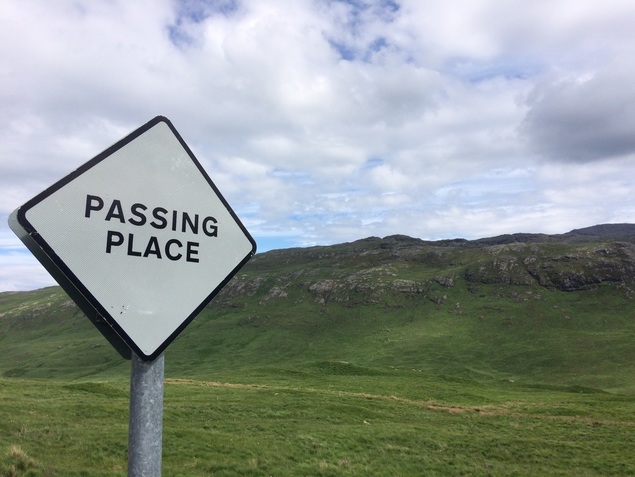
 RSS Feed
RSS Feed
